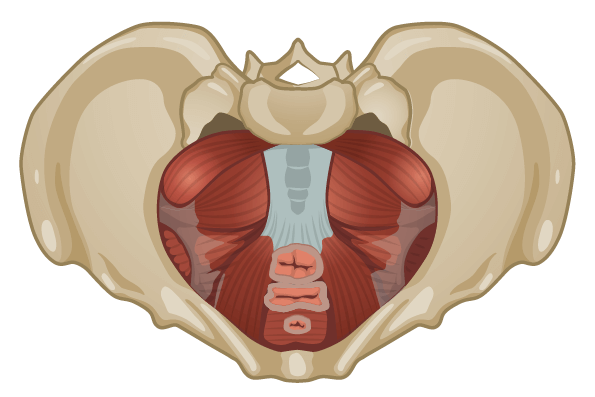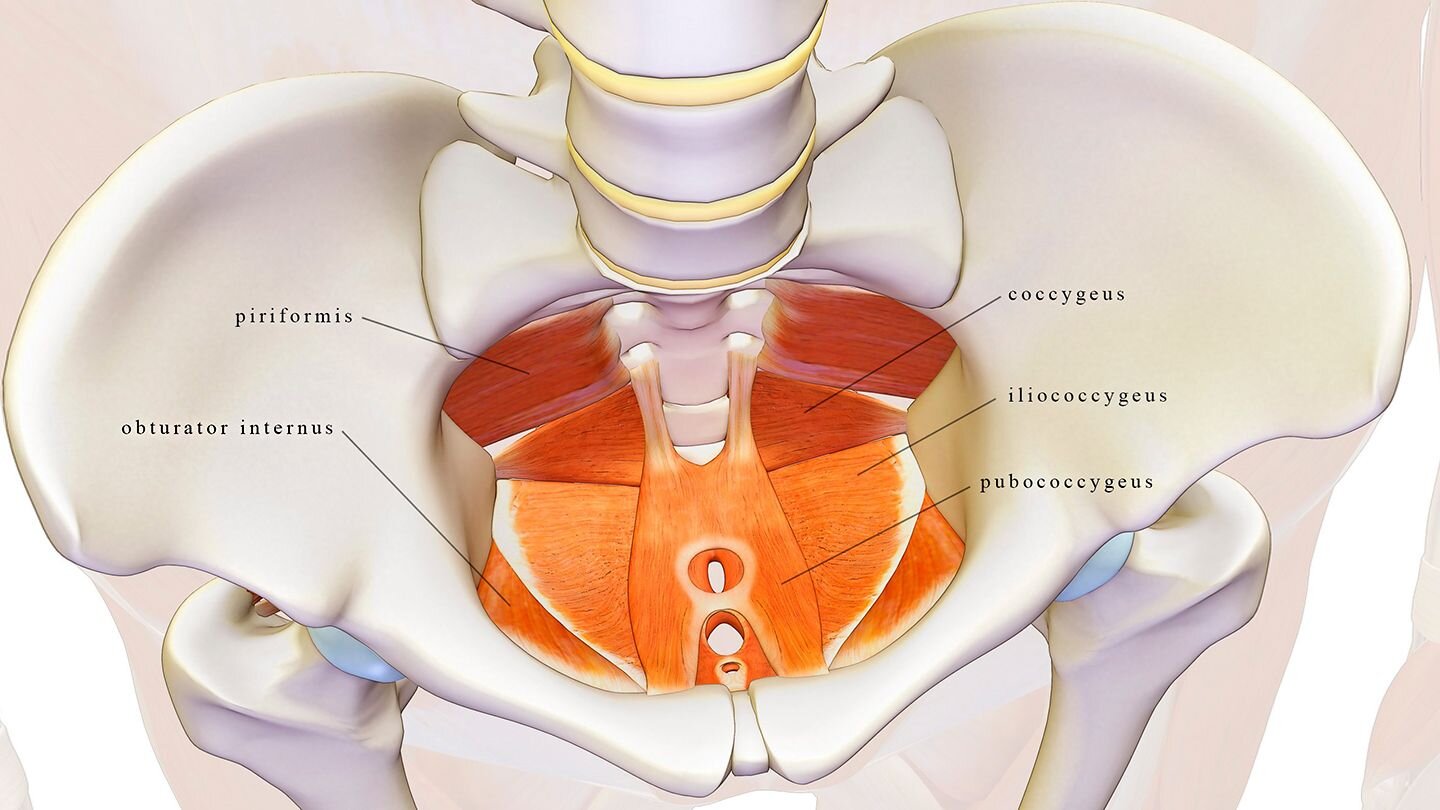Back
Understanding Your Pelvic Floor: What It Is and Who Needs Pelvic Floor Therapy
By Shannon Strauch, PTA, STMT-1 on 8/29/2024

When we think about our muscles, we often focus on the ones we can see—our arms, legs, and core. But there's a hidden group of muscles that play a critical role in our everyday lives: the pelvic floor. Though often overlooked, these muscles are vital for many bodily functions, and when they aren’t functioning properly, they can lead to a range of health issues. That’s where pelvic floor therapy comes in.
What Is the Pelvic Floor?
The pelvic floor is a group of muscles, ligaments, and connective tissues located at the base of your pelvis. These muscles stretch like a hammock from your tailbone at the back to your pubic bone at the front, forming the floor of your pelvic cavity. The pelvic floor supports the pelvic organs, including the bladder, uterus (in women), prostate (in men), and rectum. It also plays a crucial role in controlling bowel and bladder functions and contributes to sexual health and function.
Healthy pelvic floor muscles should be strong, flexible, and coordinated. However, various factors, such as childbirth, aging, surgery, or injury, can weaken or damage these muscles, leading to a variety of symptoms and conditions.


Who Needs Pelvic Floor Therapy?
Pelvic floor therapy is a specialized form of physical therapy that focuses on improving the function of the pelvic floor muscles. It can benefit a wide range of individuals, including:
1.
Postpartum Women
Pregnancy and childbirth can significantly impact the pelvic floor. The weight of the baby and the process of giving birth can stretch and weaken these muscles, leading to conditions like urinary incontinence, pelvic organ prolapse, or pain during intercourse. Pelvic floor therapy helps new mothers regain strength and function in these muscles, aiding in postpartum recovery and preventing long-term issues.
2.
Men and Women with Urinary or Fecal Incontinence
Urinary incontinence, which includes stress incontinence (leaking urine during activities like coughing, sneezing, or exercising) and urge incontinence (a sudden, intense urge to urinate), is often linked to pelvic floor dysfunction. Fecal incontinence, or the inability to control bowel movements, can also result from weakened pelvic floor muscles. Pelvic floor therapy strengthens these muscles, improving control and reducing symptoms.
3.
Individuals with Pelvic Organ Prolapse
Pelvic organ prolapse occurs when one or more of the pelvic organs (such as the bladder, uterus, or rectum) drop from their normal position and push against the vaginal walls. This condition is often due to weakened pelvic floor muscles. Through exercises and other therapeutic techniques, pelvic floor therapy can support these organs and alleviate symptoms, helping to avoid or delay surgical intervention.
4.
Those with Chronic Pelvic Pain
Chronic pelvic pain, including conditions like chronic pelvic pain syndrome (CPPS) and interstitial cystitis, can involve tightness, weakness, or spasms in the pelvic floor muscles. Pelvic floor therapy focuses on relaxing and rehabilitating these muscles, reducing pain, and improving function.
5.
Men with Erectile Dysfunction or Chronic Prostatitis
Erectile dysfunction and chronic prostatitis (persistent inflammation of the prostate gland) can sometimes be linked to pelvic floor muscle issues. Weakness or tightness in these muscles can impair blood flow or cause discomfort. Pelvic floor therapy can help by strengthening or relaxing these muscles, potentially improving symptoms and sexual health.
6.
Athletes or Active Individuals
High-impact sports or repetitive activities can place significant strain on the pelvic floor muscles, leading to dysfunction or injury. This can also affect the low back and hips. Pelvic floor therapy helps athletes maintain optimal pelvic floor health, improve performance, and prevent injuries. It’s particularly important for those involved in sports like running, gymnastics, or weightlifting, where the pelvic floor is under increased pressure.
Benefits of Pelvic Floor Therapy
Pelvic floor therapy offers a range of benefits that extend beyond symptom relief. Here’s how it can help:
Improved Muscle Function:
Therapy enhances the strength, endurance, and coordination of the pelvic floor muscles, which can lead to better control over bladder and bowel functions and improved pelvic organ support.Symptom Relief:
Whether you’re dealing with incontinence, pelvic pain, or prolapse, pelvic floor therapy provides targeted exercises and techniques to alleviate these symptoms.Enhanced Sexual Health:
For both men and women, pelvic floor therapy can improve sexual function by addressing issues like erectile dysfunction or pain during intercourse.Preventative Care:
Even if you’re not currently experiencing symptoms, pelvic floor therapy can be a preventative measure to maintain pelvic health and prevent future complications, especially if you’re at risk due to factors like pregnancy, aging, or certain physical activities.
Conclusion
Your pelvic floor might be out of sight, but it shouldn’t be out of mind. These muscles are fundamental to many aspects of your health and well-being. Whether you’re recovering from childbirth, dealing with chronic pain, or looking to prevent future problems, pelvic floor therapy can be an effective solution. It’s a personalized approach to improving muscle function, alleviating symptoms, and enhancing your overall quality of life.
Looking to optimize your well being with pelvic floor physical therapy? Reach out to us at Pelvic Health Center in Madison, NJ to set up an evaluation and treatment! Feel free to call us at 908-443-9880 or email us at receptionmadison@pelvichealthnj.com.
Read More:
How Chronic Pelvic Congestion in Men Contributes to Prostatitis By Shannon Strauch, PTA, STMT-1 on 12/11/2024 How lymphatic issues can cause symptoms of prostatitis Prostatitis and Tight Pelvic Floor Muscles: A Comprehensive Guide By Shannon Strauch, PTA, STMT-1 on 12/10/2024 How a tight pelvic floor can be the reason for prostatitis symptoms
Are you ready to live pain free?
Request An Appointment